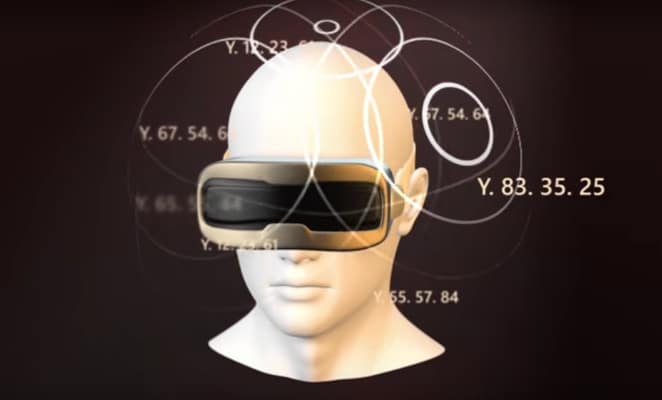
AMD is all set to lead the race in the world of virtual reality (VR) with its newest open source audio rendering engine TrueAudio Next. The physics-based technology is designed to compete against NVIDIA with immersive VR audio experience.
Under its LiquidVR programme, AMD has brought TrueAudio Next to take a step further and offer an upgrade against the existing surround sound technologies. The new engine leverages AMD’s Radeon Rays ray-tracking technology to trace the audio map space in the digital environment to deliver dynamic sound.

“We are excited about the potential of TrueAudio Next,” said Sasa Marinkovic, head of VR and software marketing at AMD, in a statement. “It enables developers to integrate realistic audio into their VR content in order to achieve their artistic vision, without compromise.”
TrueAudio Next processes audio signals without adding any latency to the graphics rendering process using CU Reservation. This unique feature is initially available to approved developers but would later go public for mass use.
Similar to AMD’s TrueNext Audio, NVIDIA brought its VR Works Audio back in May. That technology was touted to utilise NVIDIA’s GPUs to create an immersive audio experience.
Countering VR Works Audio by NVIDIA, AMD claims that its open source technology is designed to deliver “spatially- and positionally-accurate audio.” This helps in producing an enhanced sound output when you are playing a VR game or 360-degree movie.
You can test the performance of TrueAudio Next by using AMD’s LiquidVR SDK through a GitHub repository.












































































